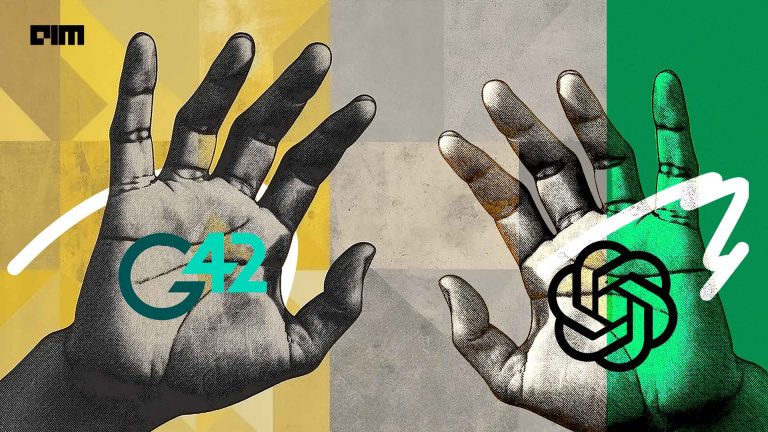|
Listen to this story
|
Following the successful touchdown of Chandrayaan-3‘s lander in the south of the moon, the Indian Space Research Organisation (ISRO) and the Japan Aerospace Exploration Agency (JAXA) have made the collaborative decision to jointly launch LUPEX, successor of Chandrayaan-3, in 2026.
LUPEX’s primary objective upon landing at the moon’s South Pole would be to find the presence of water on the surface of the moon and evaluate its potential use for future missions involving astronauts. The information collected during this mission aims to provide valuable insights for engineers, aiding them in determining the necessary amount of water to transport from Earth for future human ventures to the Moon.
The significance of water as a crucial resource for crewed space missions as it can be converted into vital resources such as breathable oxygen and hydrogen for propelling rockets, and act as a barrier against radiation and drinking.
JAXA’s Previous Missions
The merger of Japan’s Institute of Space and Astronautical Science (ISAS), the National Aerospace Laboratory of Japan (NAL), and the National Space Development Agency of Japan (NASDA) on October 1, 2003, formed JAXA as an Independent Administrative Institution under the oversight of the Ministry of Education, Culture, Sports, Science and Technology (MEXT) and the Ministry of Internal Affairs and Communications (MIC).
In December 2022, JAXA achieved a significant milestone by utilising water-based propulsion for its spacecraft. Collaborating with NASA’s Orion spacecraft, Japan’s JAXA successfully employed steam to maneuver the EQUULEUS spacecraft towards its intended orbit around the Earth-Moon Lagrange point 2 (EML2), a stable position beyond the Moon. Lagrangian points, where gravitational and centrifugal forces are balanced, offer stable orbits and are exemplified by NASA’s James Webb Space Telescope positioned at Lagrange Point 2 (LP2).
Read more: Chandrayaan-3 vs Luna-25 : The Satellite Race to Lunar’s South Pole


















































































